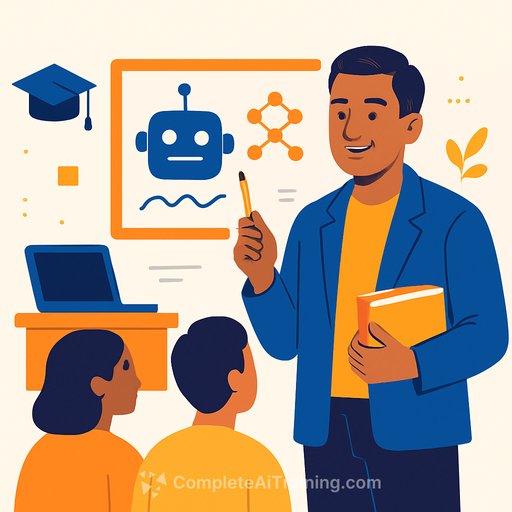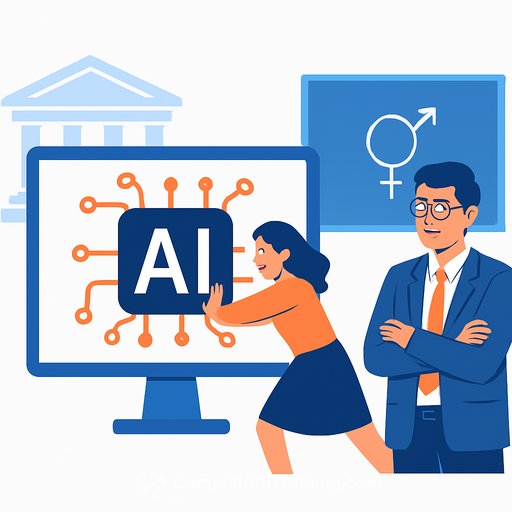In the News: John Abraham on AI in the Classroom
Posted September 13, 2025 * Updated September 13, 2025
John Abraham, professor of mechanical engineering, spoke to FOX 9 about using AI in teaching and research. He uses AI for optimization work with international teams that design dams and bridges to withstand storms and traffic. His view: used well, AI can raise student outcomes.
"I've used AI for about half a decade. I use it for optimization. Working with an international team, we design dams and bridges that will withstand storms and traffic. There are a bunch of techniques that allow AI to help us find the best designs. It's an incredible tool," Abraham said.
"There are pros and cons to this technology. We as a society need to figure out a way to maximize the pros, and reduce the cons. There is a lot of uncertainty, so let's take action now to ensure it's as good as possible."
What this means for educators
- Use AI as a learning assistant, not a replacement for thinking. Draft, compare, and revise with it.
- Require students to show process: prompts, iterations, and sources. Make reasoning visible.
- Build assignments that need personal context, data collection, or oral defense to keep work authentic.
- Focus on evaluation skills: fact-checking, bias detection, and error analysis.
- Start small with clear rules. Update policies as you learn what works.
Practical ways to introduce AI this semester
- Add a short AI policy to your syllabus: what is allowed, what is not, and how to cite usage.
- Run low-stakes labs where students compare AI output to class standards, then improve it.
- Use AI for feedback on structure, clarity, and alternative approaches before final submission.
- Mix assessments: in-class writing, oral checks, and project logs to reduce misuse.
- Teach prompt technique: give context, set constraints, ask for step-by-step reasoning, and request sources.
- Address data privacy and source quality. Show how to keep sensitive information out of tools.
Guardrails that keep learning first
- Integrity: define acceptable support (idea generation, outlining, code hints) and where independent work is required.
- Privacy: avoid uploading student data or proprietary material. Review your institution's policies.
- Bias and errors: require cross-checking with reliable references and encourage counter-examples.
- Assessment: grade the process (prompts, notes, drafts) as well as the final output.
- Access: ensure students have equal tool access and alternatives if needed.
Helpful frameworks: NIST AI Risk Management Framework and UNESCO resources on AI in education.
For engineering courses: teach optimization with AI
- Give a constrained design task (e.g., a pedestrian bridge with specific wind and load limits). Ask AI for candidate designs and trade-offs.
- Have students critique outputs, add constraints, and iterate. Compare AI suggestions to textbook methods.
- Quantify results: safety factors, cost estimates, materials, and lifecycle impacts.
- Close with a reflection on where AI helped, where it failed, and what evidence supports the final choice.
Key takeaways
- AI can improve learning by speeding feedback and expanding exploration.
- Clear rules and thoughtful assessment reduce misuse.
- The goal is better thinking and better work, supported by the right tools.
Want structured learning paths for different roles in education and beyond? Explore curated options here: AI courses by job.
Your membership also unlocks:






